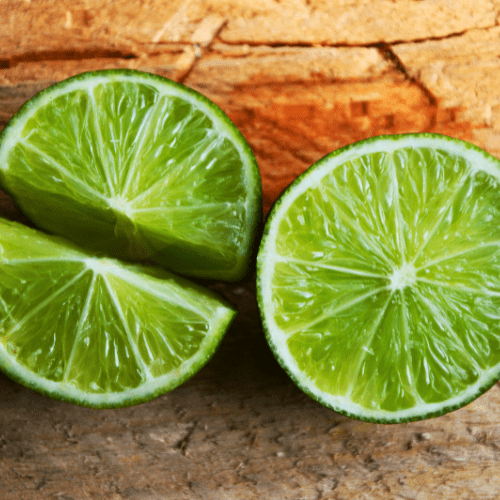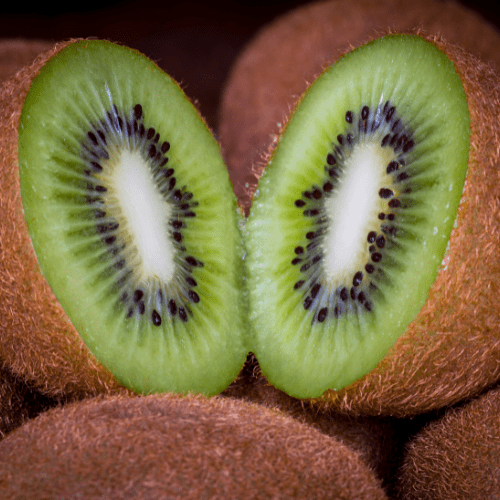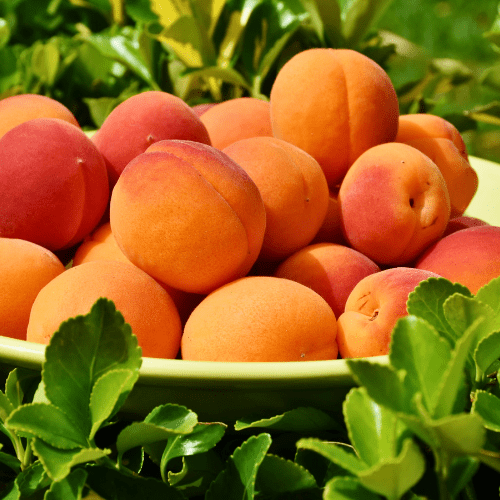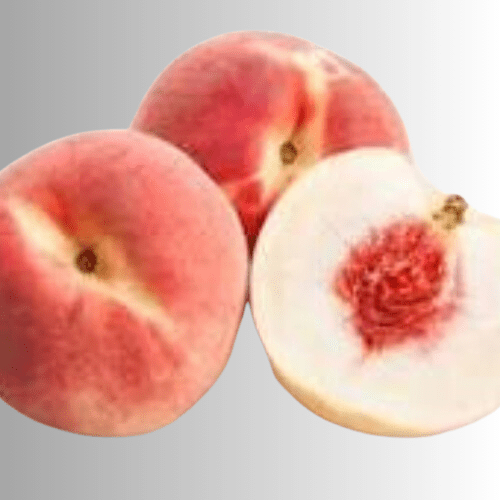Position – Full sun in a spot sheltered from the wind. Limes do not tolerate cold temperatures and will not thrive in places that dip to -10 Celsius or below. If your garden is exposed to very cold conditions, plant your lime tree in a pot that can be moved indoors
.Size – A full-grown lime tree can be 5 mts tall and 5 mts wide. A seedling will take between 3 and 6 years to begin to bear fruit and reaches production at 8 to 10 years old.
Soil Type – Lime trees thrive in warm, moist soil enriched with nutrients; whether in a pot or the garden. However, the soil needs to have excellent drainage, as any residual moisture will threaten the survival of your tree. Pack the soil firmly around the roots when planting. The air around the roots will be detrimental to your plant.
Mulch – Citrus trees generally do well with an organic mulch that keeps the soil pH optimal and retains moisture. Use materials like pine needles, leaves, straw, or bark. It’s best to replace the mulch each time rather than turning it into the soil (as this may disturb or damage the roots).
Watering – Water your lime tree frequently but conservatively. The trees do better with regular sprinklings than with heavy soaking.
Fertilising – The lime trees feed quite heavily on the soil around them, quickly depleting its natural nutrient content. So, fertilise them regularly with compost or a high-nitrogen fertiliser (especially in spring and summer).
Pruning – Lime trees are easy to care for because they don’t require much pruning. However, it’s wise to prune them at least once every year or two for optimal conditions. Pruning helps to prevent disease, strengthen the limbs and produce better, healthier fruits.
Harvesting – Your lime tree will likely produce fruit during summer, but some produce all year round. Pick the delicious limes when they are vibrant green and juicy. Once they have turned yellow and wrinkled, they are over-ripe and will taste bitter.







